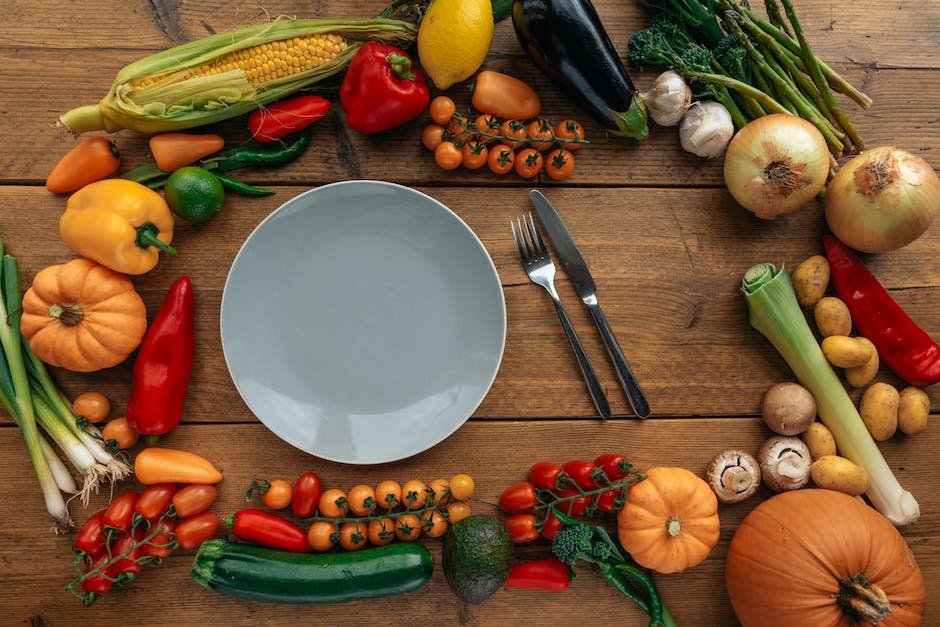Limes are one of the most common fruits found anywhere around the world. They can be consumed fresh, dried, or as juice! The amount of liquid that comes from a raw lime is called its “juice.”
The average person needs about 2 tablespoons of lime juice per serving — which makes 1 cup (8 ounces) of freshly squeezed lime juice very expensive!
Luckily, we have some great recipes here for you to make your own fresh lime juices at home! These recipes will not only save you money, but they will also help improve your overall health.
You do not need to drink all of the juice yourself, however. Some of these recipes include instructions to add the leftover pulp and/or water to other foods or drinks. So, even though it costs more to make your own limes, you get to enjoy those benefits later!
If you would like to learn more about how much juice there is in a lime, keep reading this article! We will go over different methods to determine the ratio of liquids in a raw fruit and vegetable. After that, we will take a look at the price of eating a one-ingredient diet consisting solely of either a banana or a piece of cucumber!
Reminder: although we talk about limes in this article, any kind of citrus fruit can apply to our calculations.
How to juice a lime
Now that you have your limes ready, it’s time to squeeze them! First, make sure to wash your hands thoroughly before squeezing so that you don’t spread any potentially harmful bacteria or fruits juices onto your hand.
Once they are washed, cut the lime in half across the middle- just remember to scoop out the inner contents (the juiced part) using your spoon first! Once done, put both halves into a bowl with some water and use a clean knife to slice each half up again into quarters.
Squeeze all of the liquid content from these four pieces by applying pressure evenly and slowly. Make sure to only press down hard on the top layer of flesh as you want to keep some of the flavor inside!
After all of the excess moisture has been squeezed out, toss the leftover bits and pieces away because you will be starting over with next batch of fruit. You now have fresh squeezed lemon or lime juice!
Note: If there is still some solid material left when you add water, simply soak those shells in water until they disintegrate and then re-squeeze.
The effects of lime juice on your health

Although some studies claim that eating enough citrus can help prevent oxidative stress, which may be linked to cancer, there are no recommendations for limiting how many limes you eat!
Many people associate oranges with vitamin C, but actually, it’s the white part of the orange (the peel) that contains most of the nutritional value.
The white flesh is mostly sugar — which makes it tasty!
However, aside from satisfying our taste buds, researchers have studied the phytochemicals in lusciously sweet fruits like strawberries and kiwi and found they offer important benefits for health.
So what kind of health benefits do limes produce?
Here we will discuss the various potential benefits of adding more acidity into your diet by drinking one or several glasses of fresh lemon or lime juice every day.
This article will also talk about why limited amounts of citric acid aren’t so bad for your health.
Drinking eight ounces (about two tablespoons) of freshly squeezed lemon or lime juice every morning on an empty stomach is a great way to enjoy this healthy fruit.
And don’t forget to drink water after the juice to neutralize its acidity!
Healthy habits: For someone who doesn’t normally drink much liquid, starting off with just one glass each day is good progress.
Does it damage your teeth?

While most people can enjoy one or two limes per drink, some people like to eat lots of lime foods or liquids. These include drinking fresh squeezed citrus juices or eating slices of raw or cooked zested fruits or vegetables that have been mixed into something such as soup or yogurt.
When you consume large amounts of freshly pressed lemon or orange juice, there is an additional ingredient that many people may not know about. This chemical compound is called citric acid and according to some sources, it can cause harm to your oral health.
Some studies suggest that ingesting too much citric acid can irritate your digestive system and contribute to symptoms of gastritis, which are long-lasting irritation of the stomach lining.
Gastritis can be caused by things other than acids, but research shows that it can also occur due to excess exposure to acids in the diet. Because individuals differ in their levels of alkaline minerals in their body, this could make some more susceptible to gastritis from excessive acid intake.
When should you use it?

The number of fresh citrus fruits that make up a whole fruit is important to know, as we’ll look at in this article!
When eating a plain piece of meat or chicken, one should always check how much juice their food has. If there is very little liquid left, then perhaps they could try adding some dried herbs and/or seasoning to enhance the flavor.
For example, if the meat is salty, people often stir in roasted peppers or other vegetables which have olive oil in them. This helps “seal in” the taste and adds another layer of flavor.
The same goes for spicy foods- chili can be mixed into the meat with tomatoes or onions, etc.
Lime juice and many other fruits and vegetables contain vitamin C
Vitamin C is an important nutrient for healthy skin. Yours grows slowly as you age, which is why it is very important to eat enough of it.
Vitamin C helps keep your body strong by acting on some of your major organs including your lungs, stomach, mouth, and bones. It also plays a key role in helping your blood cells function properly.
When I was younger, I didn’t really need too much extra vitamin C because my body was working hard producing more itself. As I got older, though, I noticed that my skin wasn’t quite as soft and elastic, and I would get dry patches here and there.
I learned that if I don’t have enough vitamin C, my body can’t use all of the iron in my blood so it starts to store it instead in my bone tissue. This can sometimes lead to chronic health problems like osteoporosis or even heart disease.
Since limes are one of the most well-known sources of vitamin C, I always have a bottle in me.
Lime juice contains a lot of vitamin C
Vitamin C is an antioxidant, which means it fights free radicals. Free radical exposure can have negative effects on your health, including tissue damage or even cancer.
Drinking eight ounces (about one cup) of fresh lime juice every day may be just what you need to maximize your intake of this important nutrient.
You should probably know that most limes sold at grocery stores are not very sweet. They usually contain less than half a percent acidity, which means they’re almost flavorless!
If you like raw foods then that’s totally okay, but for average people who want some taste – try buying really ripe limes and either squeezing them yourself or having someone else do it for you.
Does it have any other benefits?
Besides being rich in vitamin C, another benefit of limes is their potential to reduce acidity in your body. According to Harvard Health, “Acid reflux can cause inflammation and damage to surrounding tissues,” and having enough alkaline minerals like potassium may help prevent this.
One small lime contains about 2 tablespoons of dried pulp and 1 tablespoon of juice. A person would need to consume at least six limes every day to get that much nutritional value!
Another way to make sure you are meeting your daily requirements of potassium is by eating foods that contain high levels. Some examples include sweet potatoes, oranges, tomatoes, and spinach. But if you don’t like those foods, there are many different types of supplements available.
It is not known whether lemon or lime juices are more effective for preventing acid refl exing, so either one can be used for guidance.
Does it have any drawbacks?
While limes are great, you do need to be careful how much juice you consume due to their natural acidity. If your drink has too many drops of lime juice, then the taste will be less pleasant and/or the liquid may even hurt your teeth!
Some people believe that drinking enough water can neutralize the effects of the acid in the lime, but this is not always the case. Certain medicines require adequate levels of stomach acid to work properly, so making sure you’re drinking enough liquid can be tricky.
If you feel sick after using a glass full of limeade, try diluting the liquid with more plain water or milk. You could also try adding some sugar to counteract the acidity.



